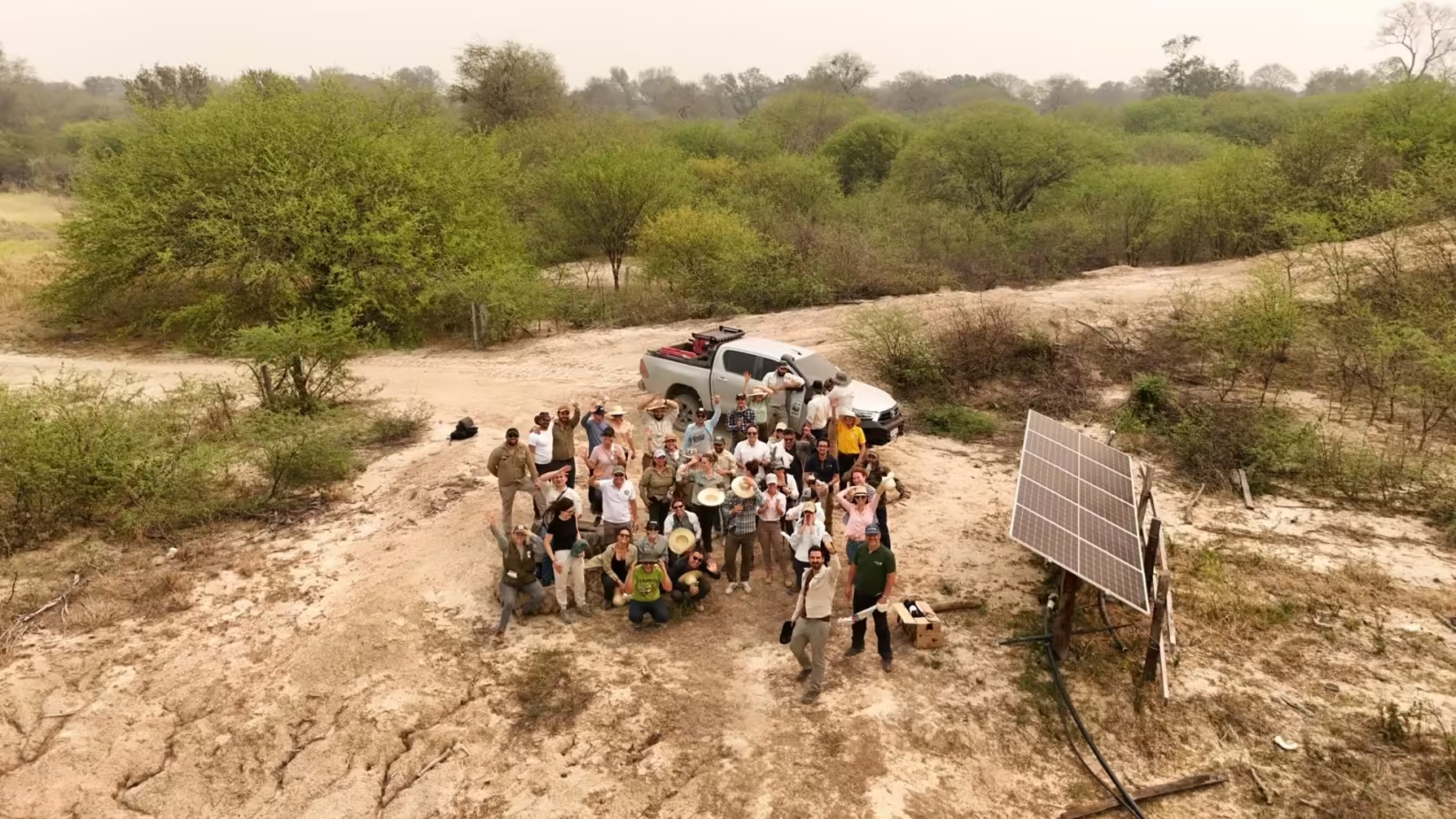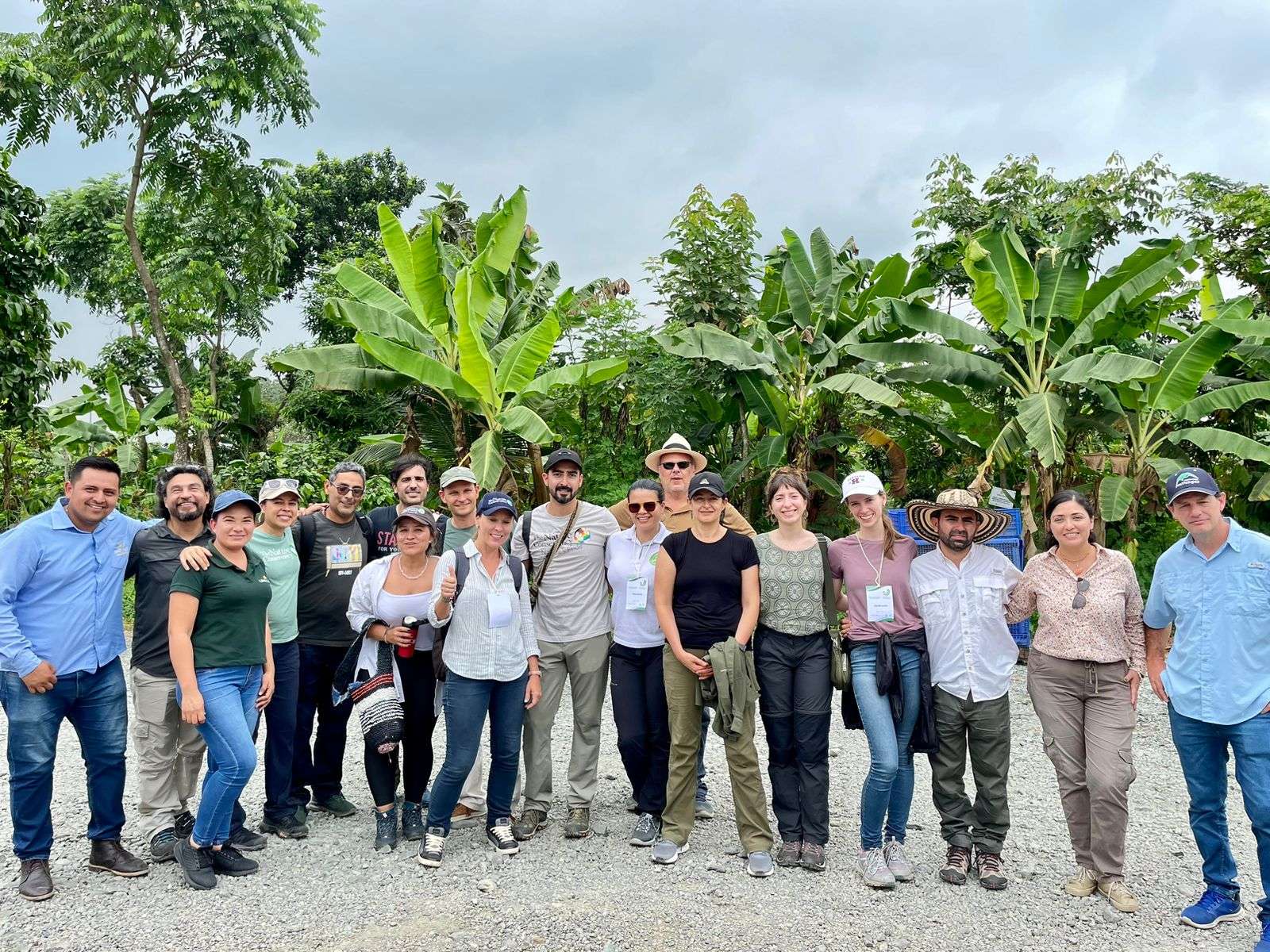Image: John Jairo Lopera – CIPAV
From September 9 to 13, in the heart of Asunción, Paraguay, teams from Future Landscapes in Argentina, Colombia, Ecuador, Paraguay, and Peru gathered to exchange ideas and refine strategies for scaling regenerative agriculture and ranching in the agri-food system of Latin America.
The main focus of our second annual meeting was to promote a systemic thinking approach to understand and propose comprehensive solutions that guide us toward the adoption of regenerative agriculture as a measure of adaptation to climate change. This approach aims to enable regenerative landscapes that enhance human well-being, protect ecosystems and biodiversity, and strengthen the resilience of food producers.
Over five days, we explored strategies implemented in various countries and landscapes, focusing on key catalysts such as the impact network, capacity building, regenerative business models, public policy instruments, and financial mechanisms, prioritizing value chains like livestock, cocoa, palm oil, sugarcane, and non-timber forest products.

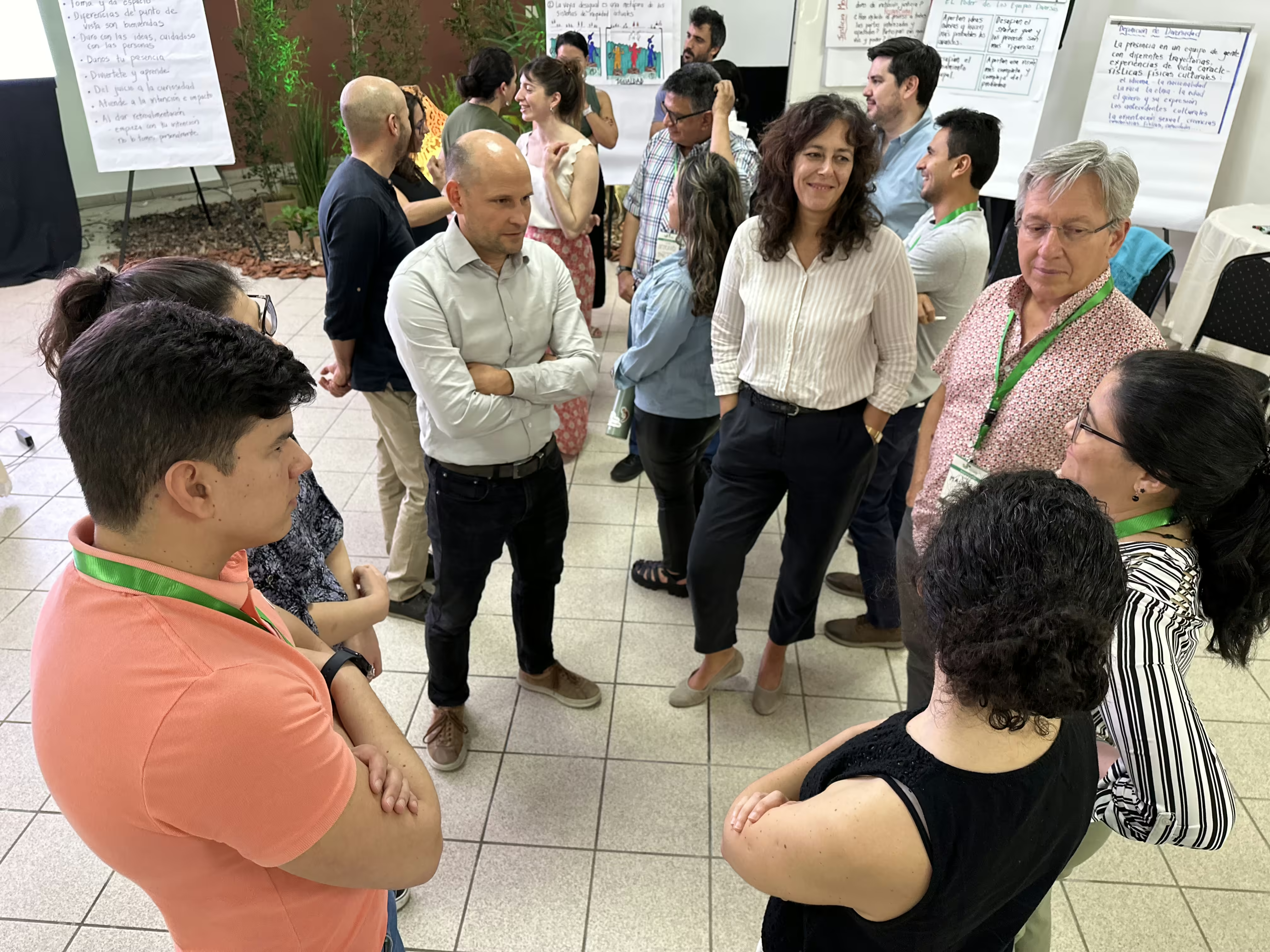
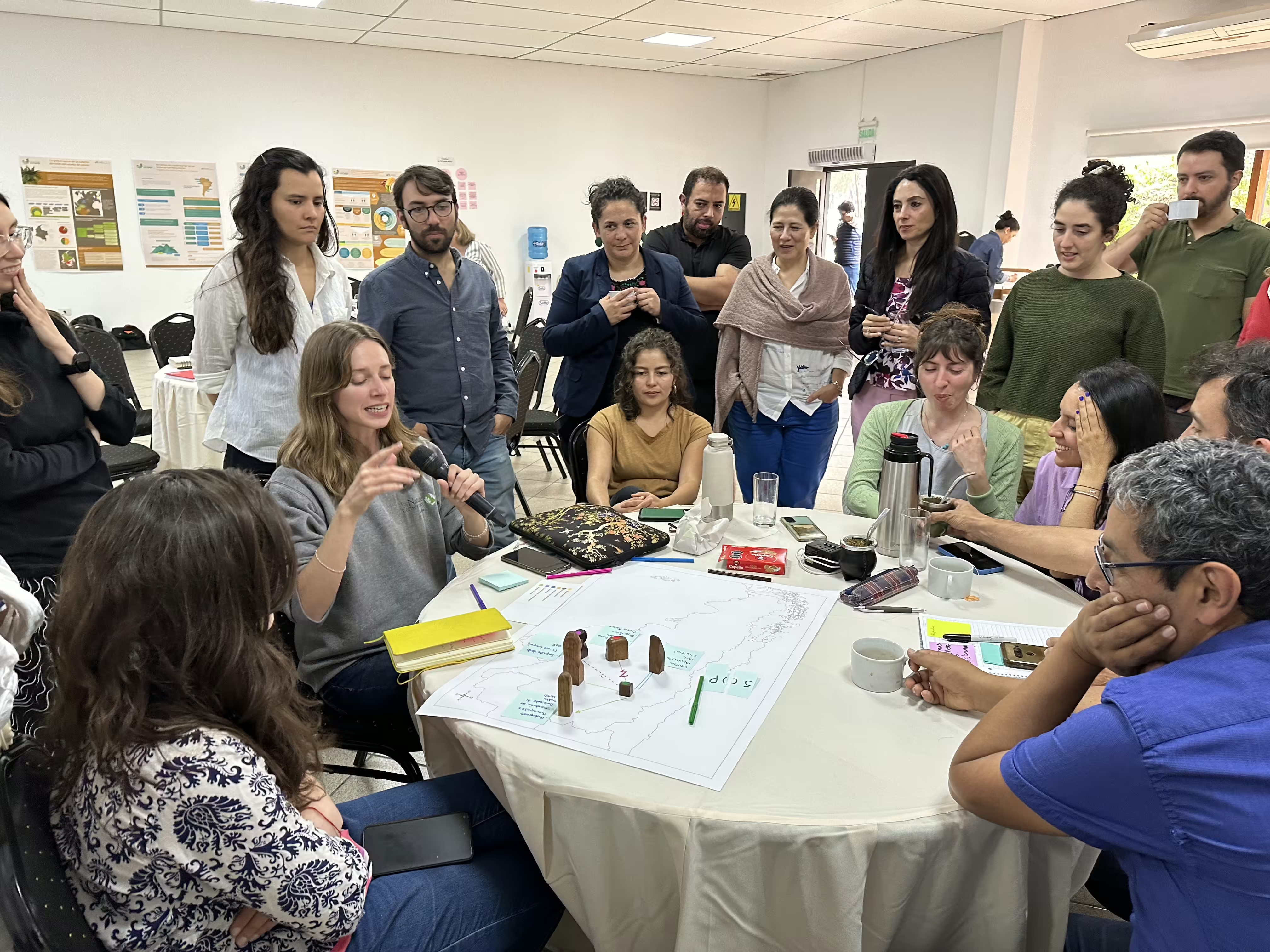
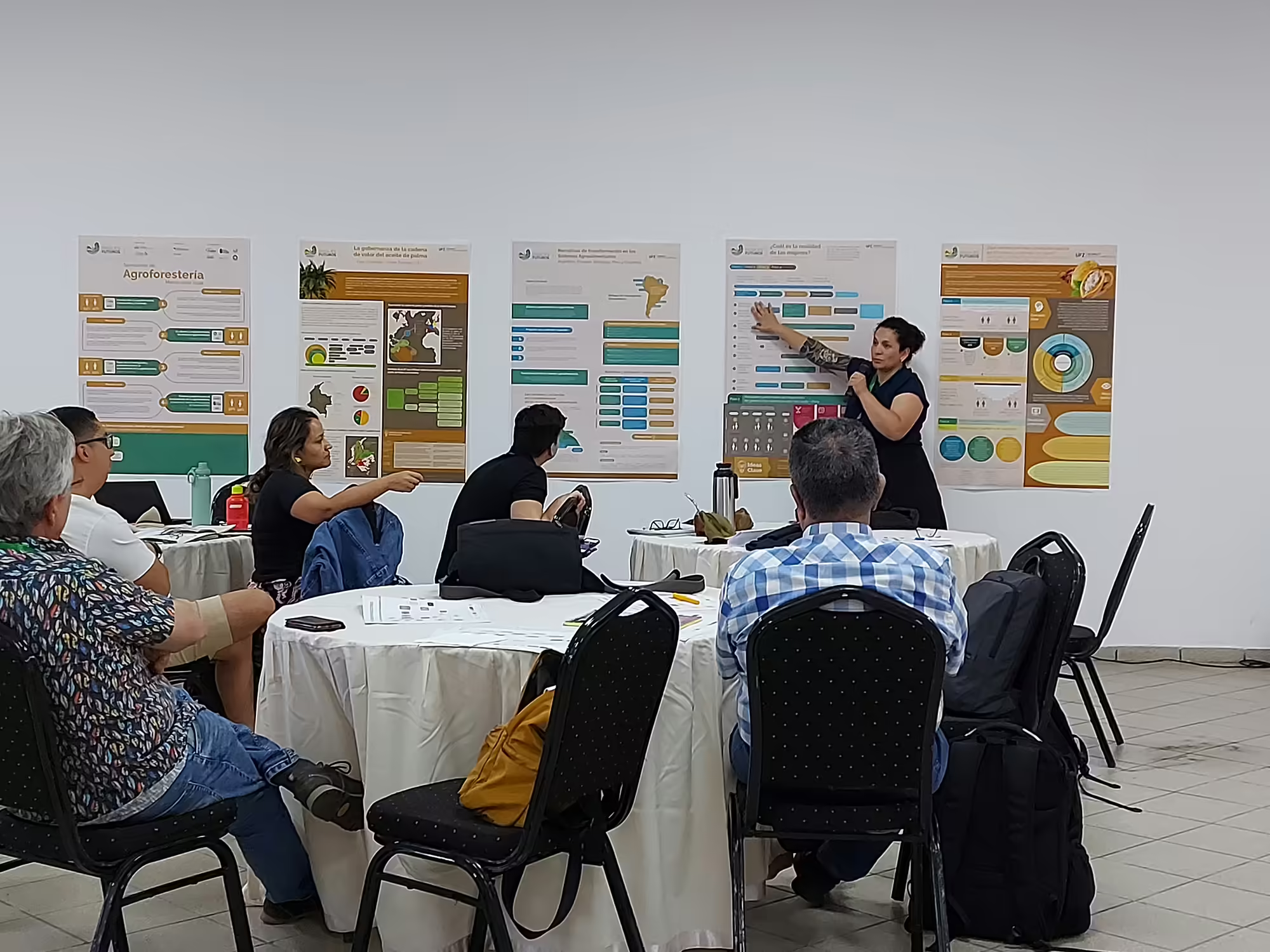
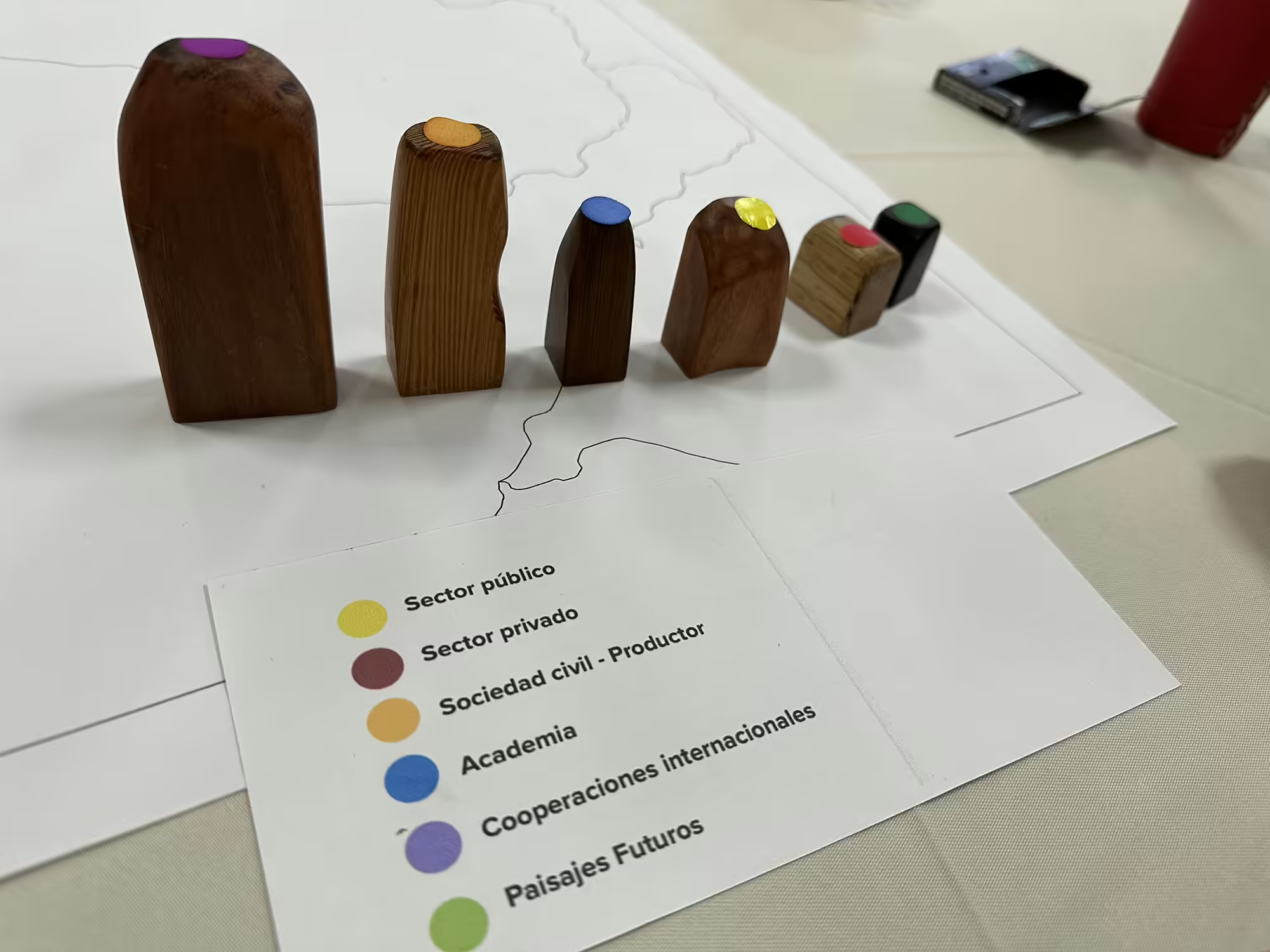
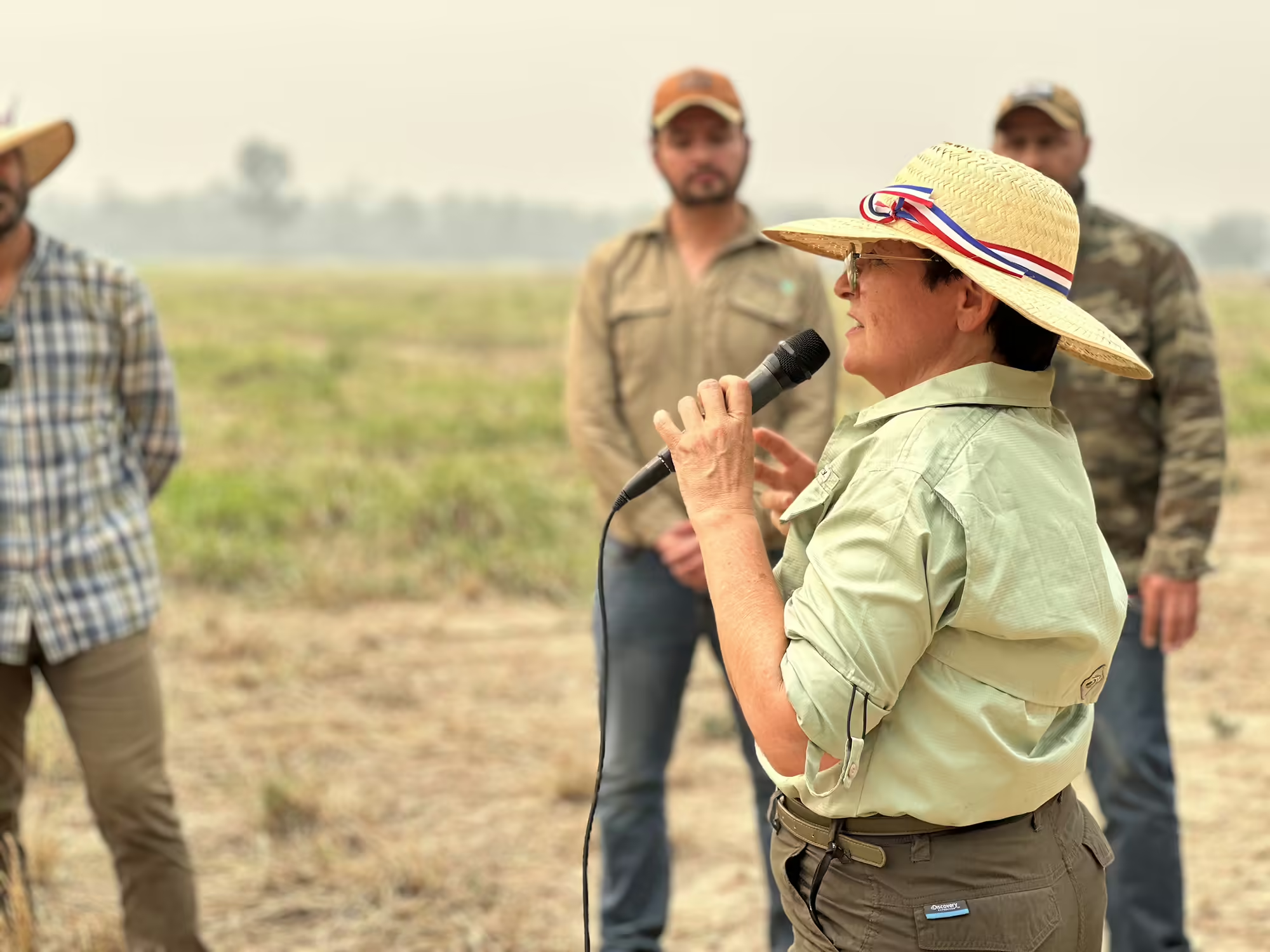
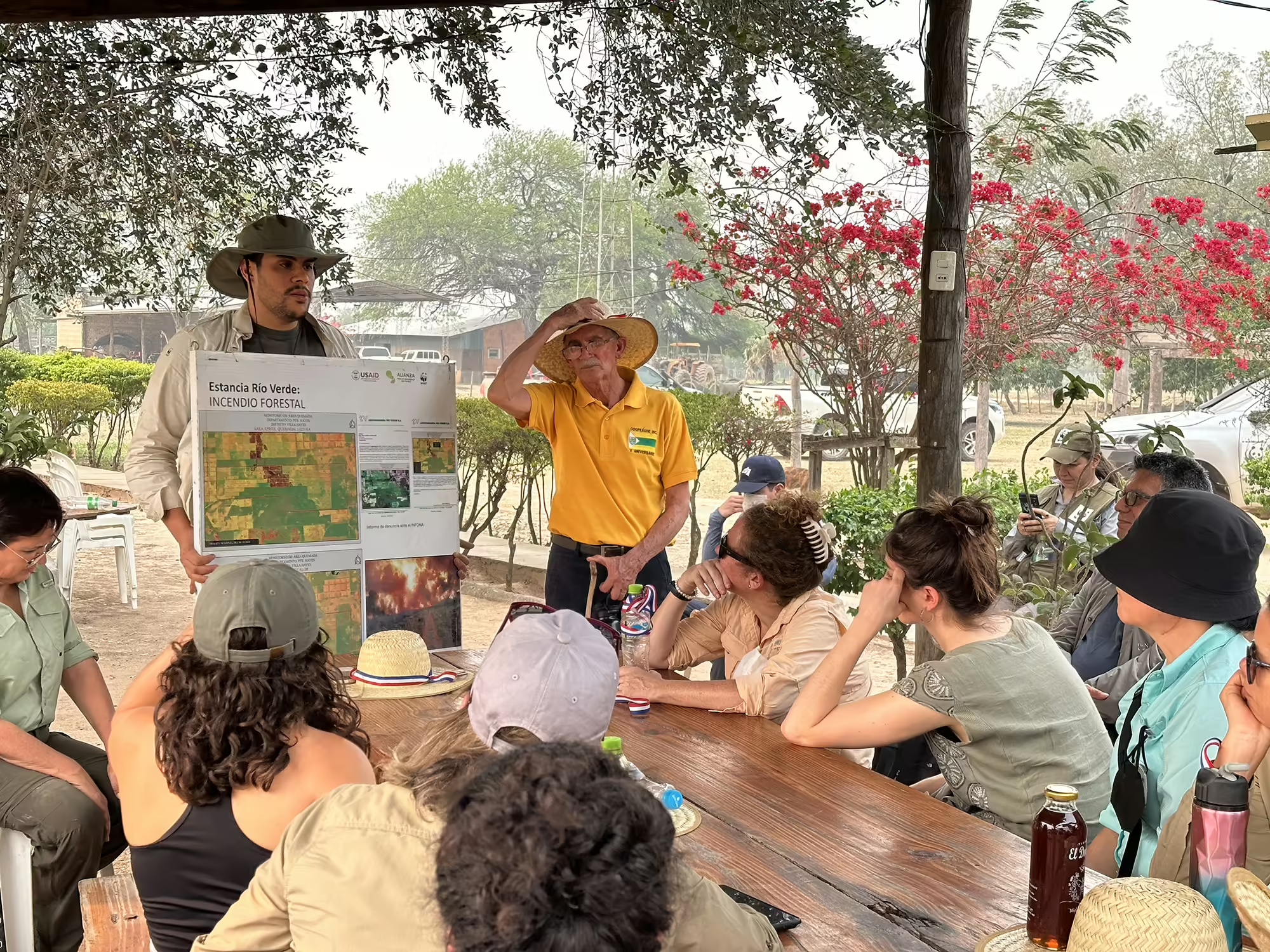

Teamwork at the Second Annual Meeting of Future Landscapes. Photos: WWF Paraguay
Key Conclusions from Our Second Annual Meeting
The transition will be collaborative:
Expanding the Future Landscapes Impact Network in different contexts is a crucial strategy for scaling our mission. This involves co-designing solutions with partnerships of farmers, businesses, policymakers, the financial sector, academia, and other stakeholders.

Photo: Sebastián Rubio Merino – The Nature Conservancy
Diversity, Equity, Inclusion, and Justice as Key Enablers:
Incorporating women, youth, and historically excluded populations into the transition toward a regenerative future was a focal point of our discussions. Generational change and women’s leadership are vital for rural prosperity and the sustainability of our agri-food systems.
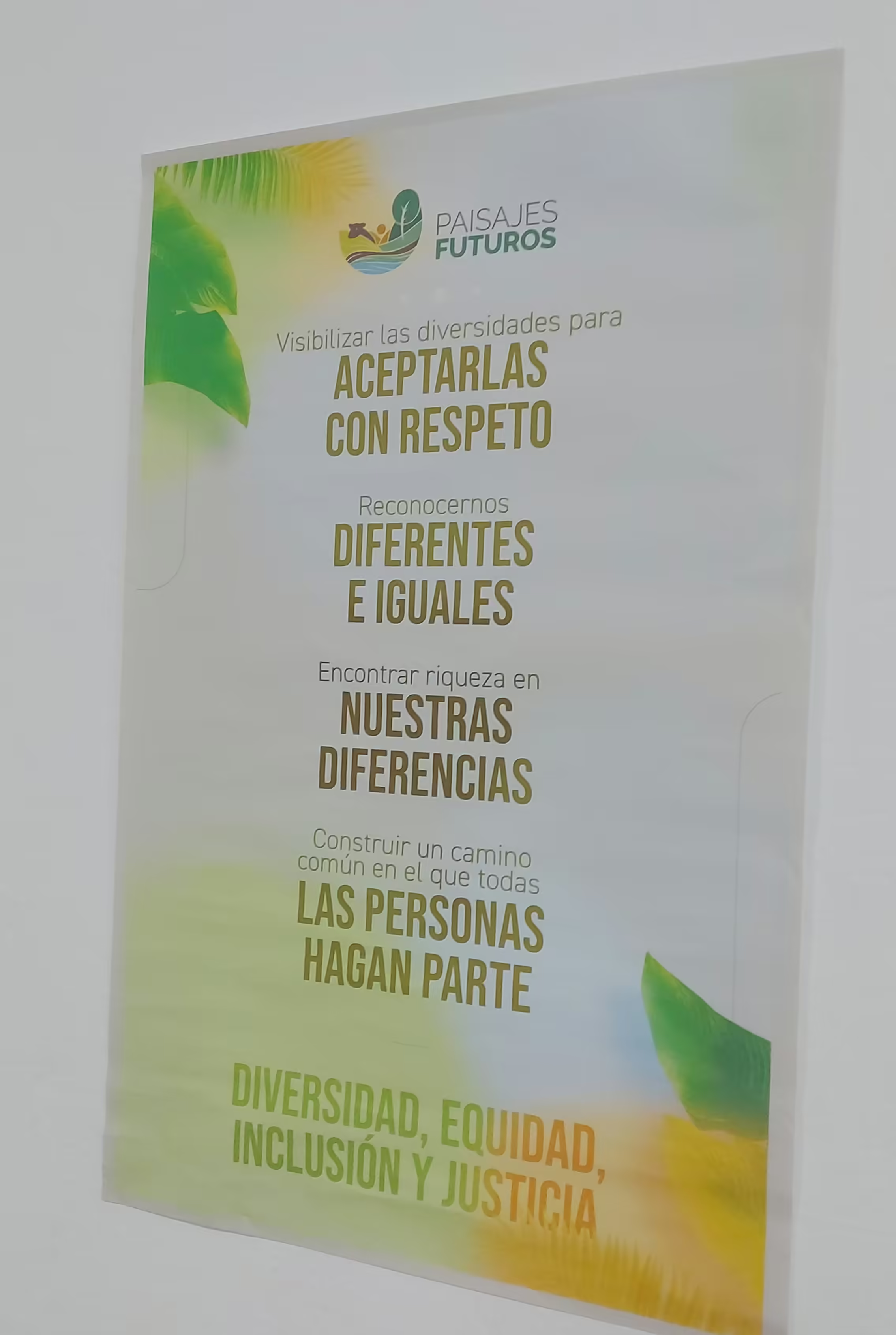
Monitoring, Evaluation, and Learning:
An adaptive approach to monitoring, evaluation, and learning is essential for timely experimentation and measuring progress. This approach allows for agile scalability of regenerative models.
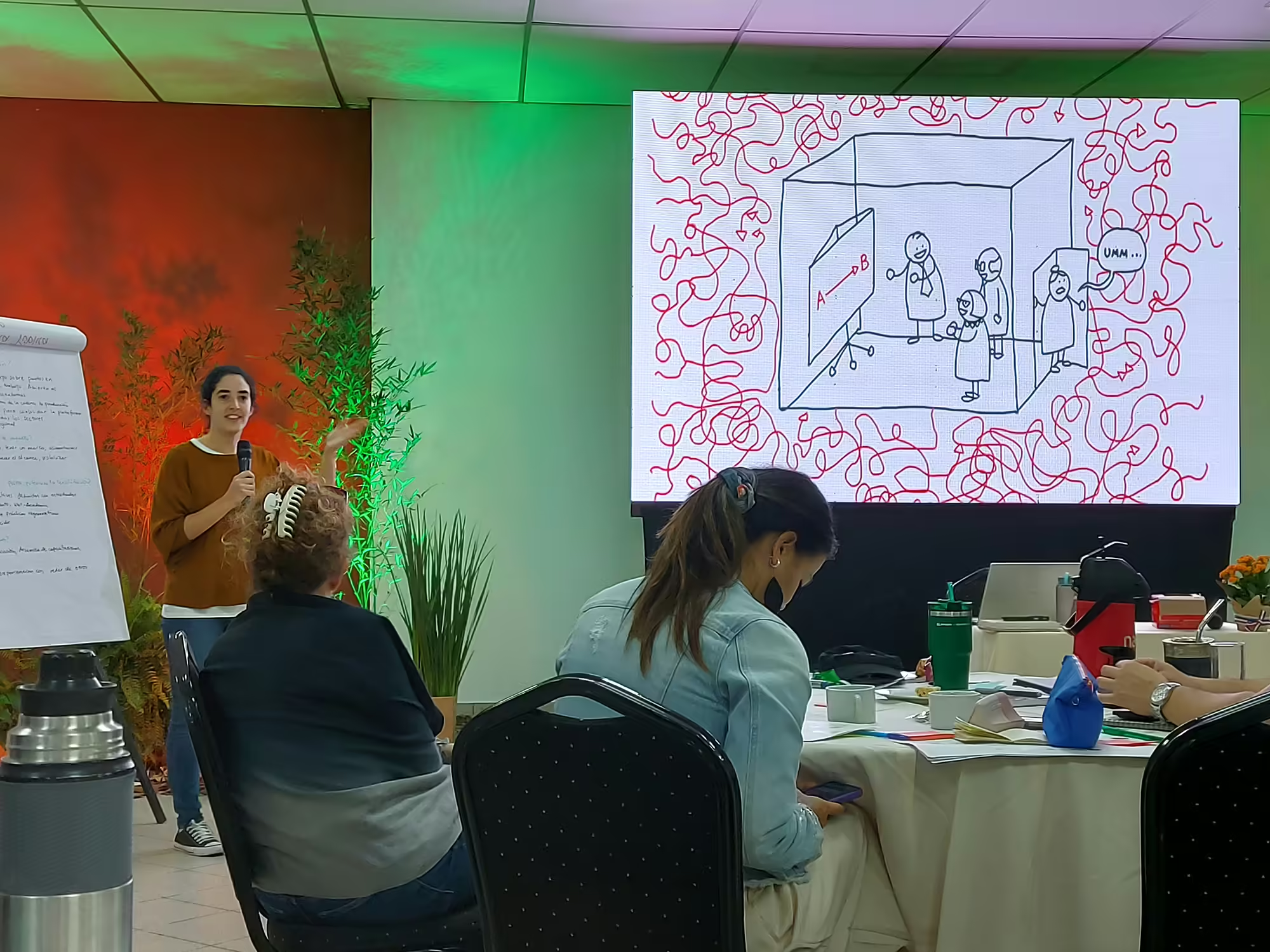
Photo: Sebastián Rubio Merino – The Nature Conservancy
A Principles-Based Transition:
We learned inspiring stories from producers in Colombia, Ecuador, Peru, Argentina, and Paraguay that highlight the need for a principles-based approach tailored to the unique conditions of each value chain and landscape, rather than merely implementing practices.
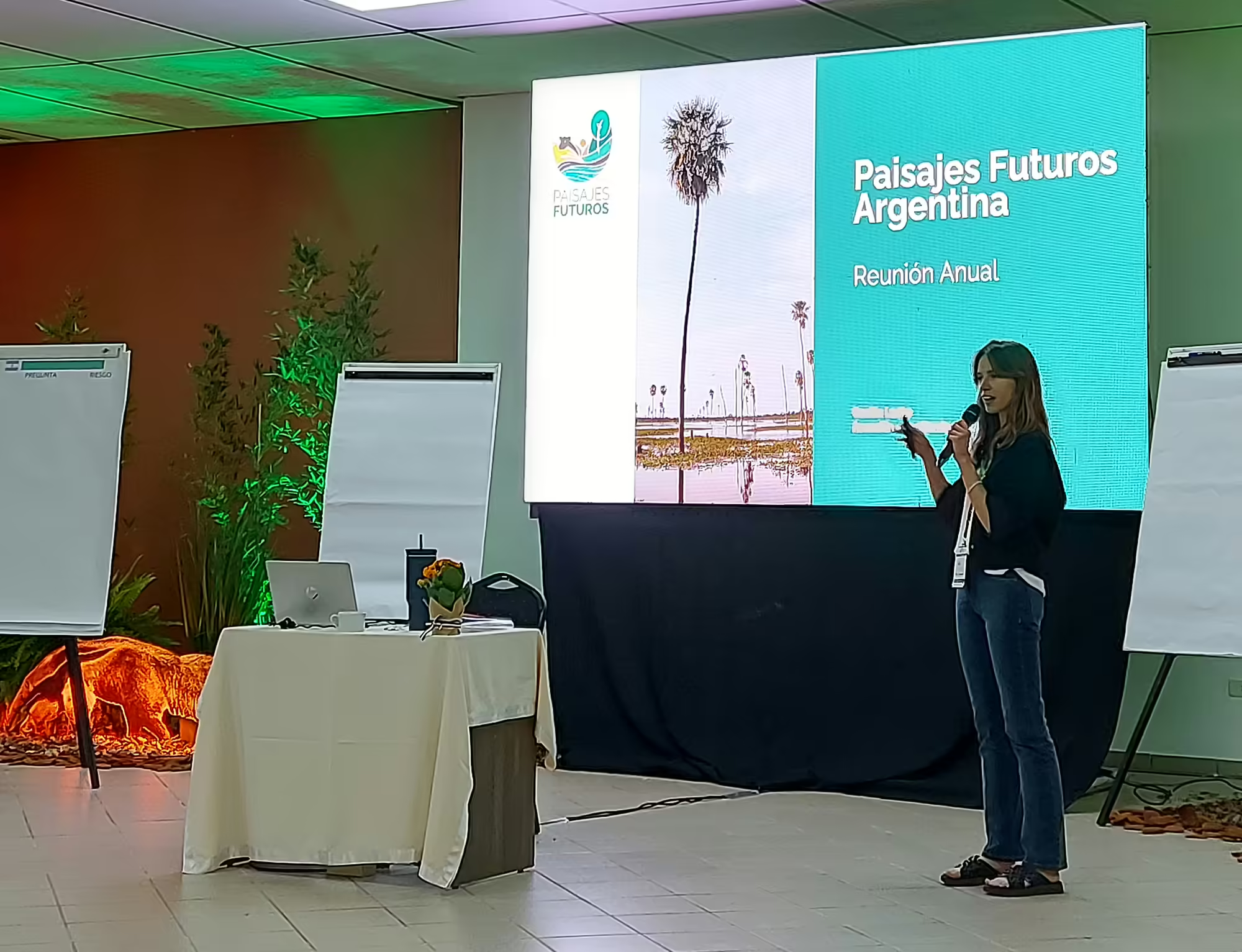
Photo: Sebastián Rubio Merino – The Nature Conservancy
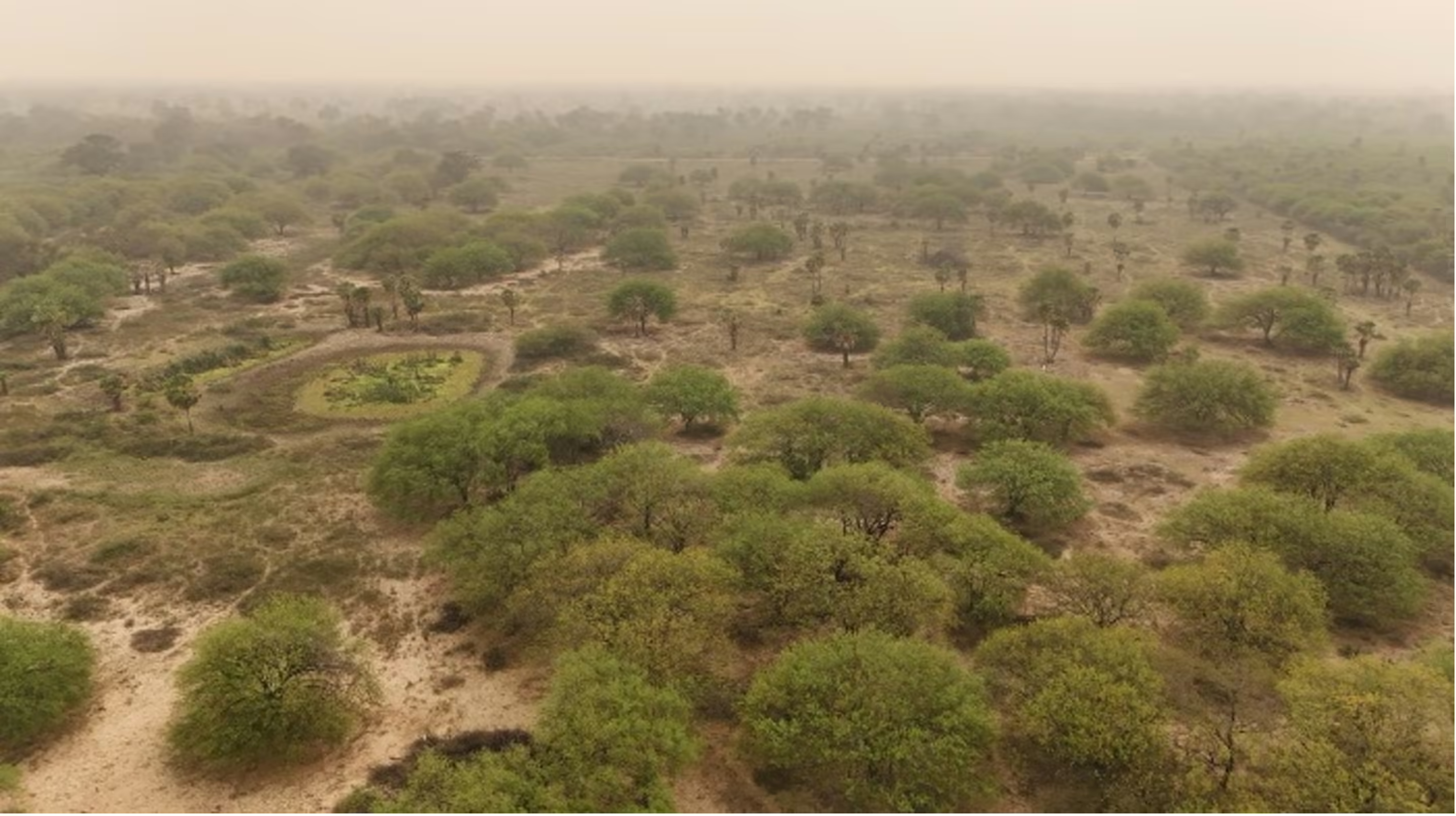
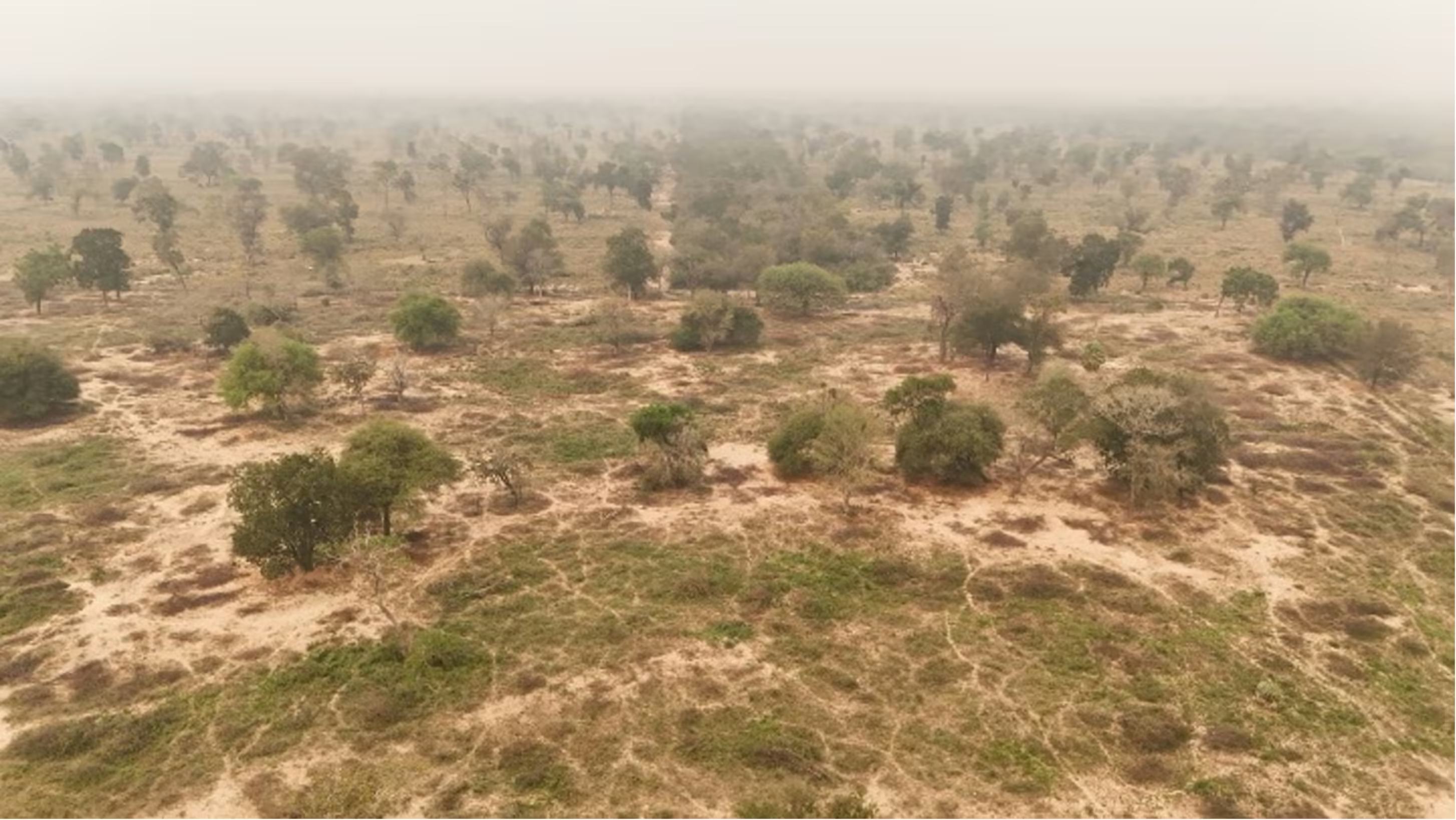
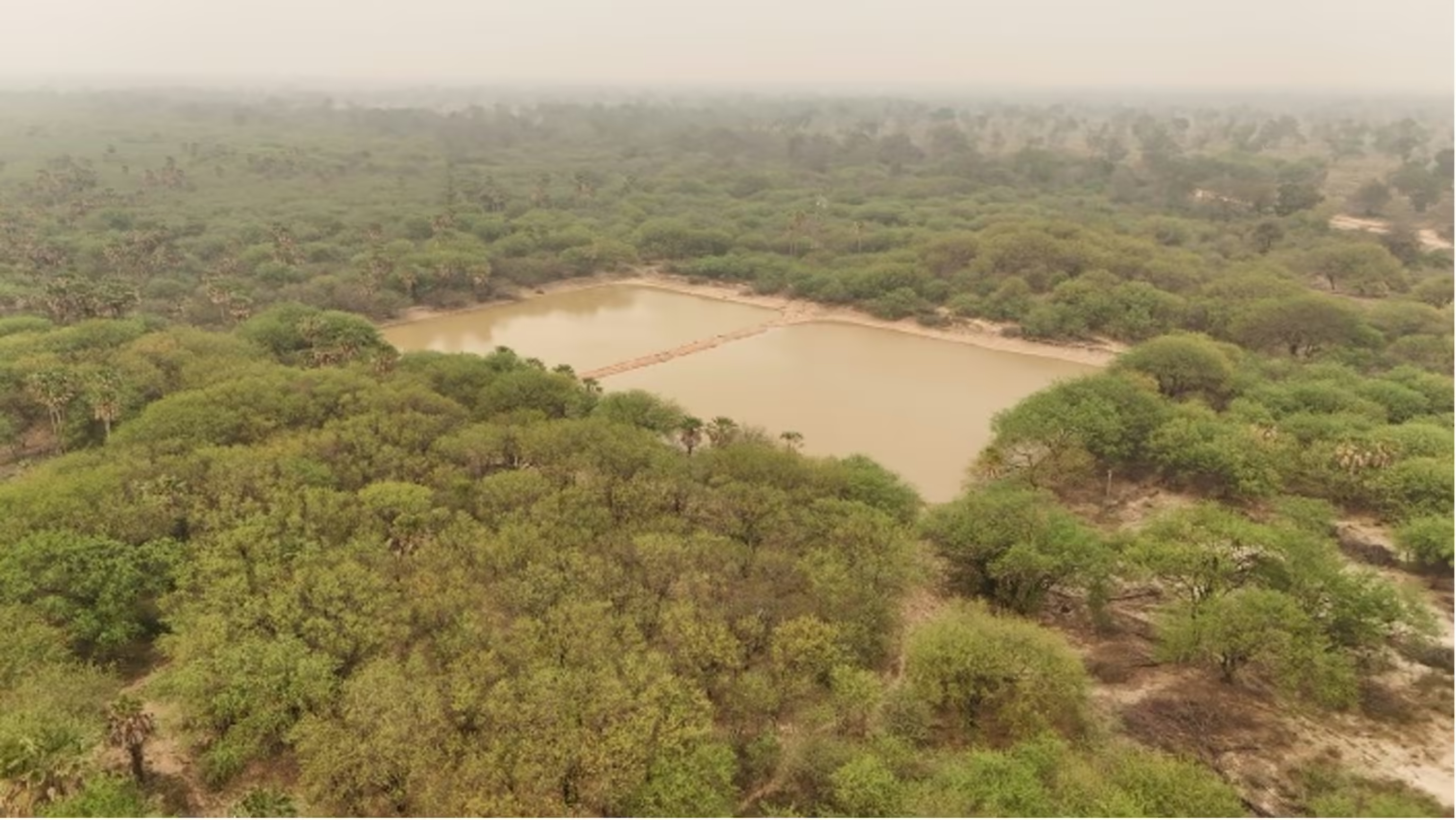
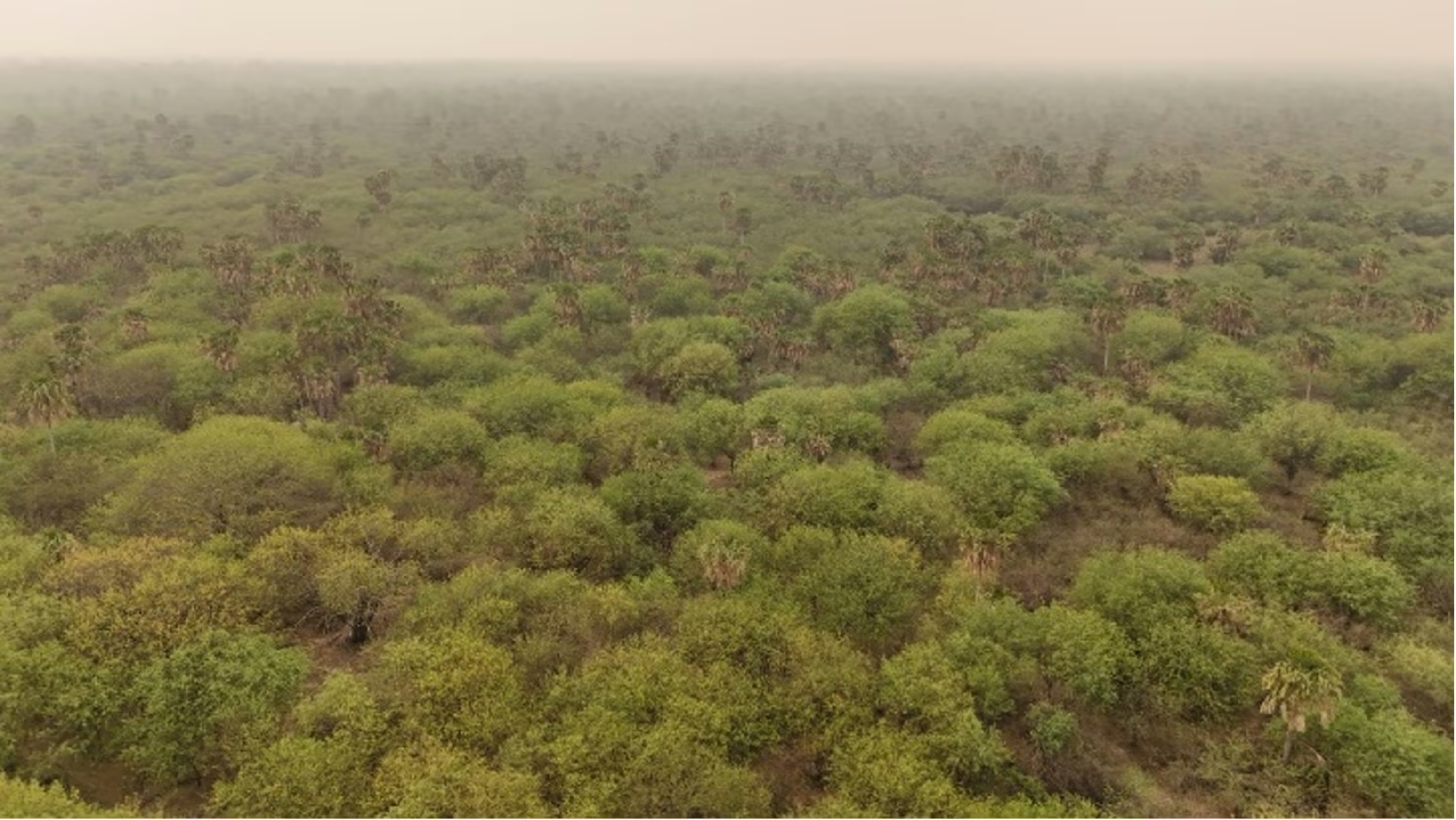
Aerial view of the Paraguayan Gran Chaco during the drought of September 2024 John Jairo Lopera, CIPAV
The urgency of our mission was palpable. Recent fires have consumed over 180,000 hectares of the Gran Chaco’s dry forest, exacerbated by a heatwave and prolonged drought. This stark reminder of environmental challenges underscores the importance of our work.
The Gran Chaco, which spans parts of Paraguay, Bolivia, Argentina, and Brazil, is the second-largest forest in South America after the Amazon. It is home to diverse wildlife, including jaguars, pumas, and giant anteaters, and supports thousands of plant species. However, it faces significant threats from deforestation, agricultural expansion, and climate change.
Our visit to the Estancia Río Verde in the Gran Chaco was one of the memorable moments of this meeting. This family estate exemplifies women’s leadership, generational change, and how livestock and agriculture can coexist with conservation efforts. We learned about their innovative adaptation measures, including rotational grazing management, silvopastoral systems, non-lethal predator deterrents, rainwater reservoirs (Tajamares), and diversification with beekeeping and forest products.
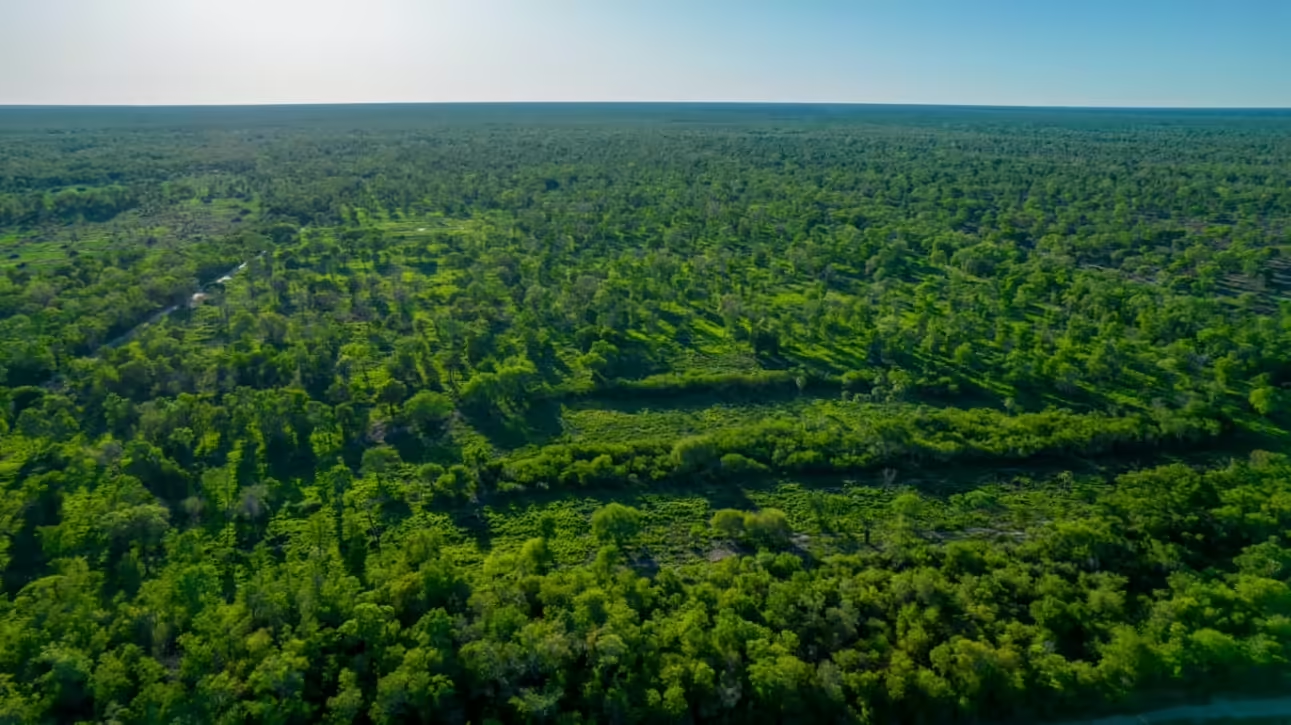
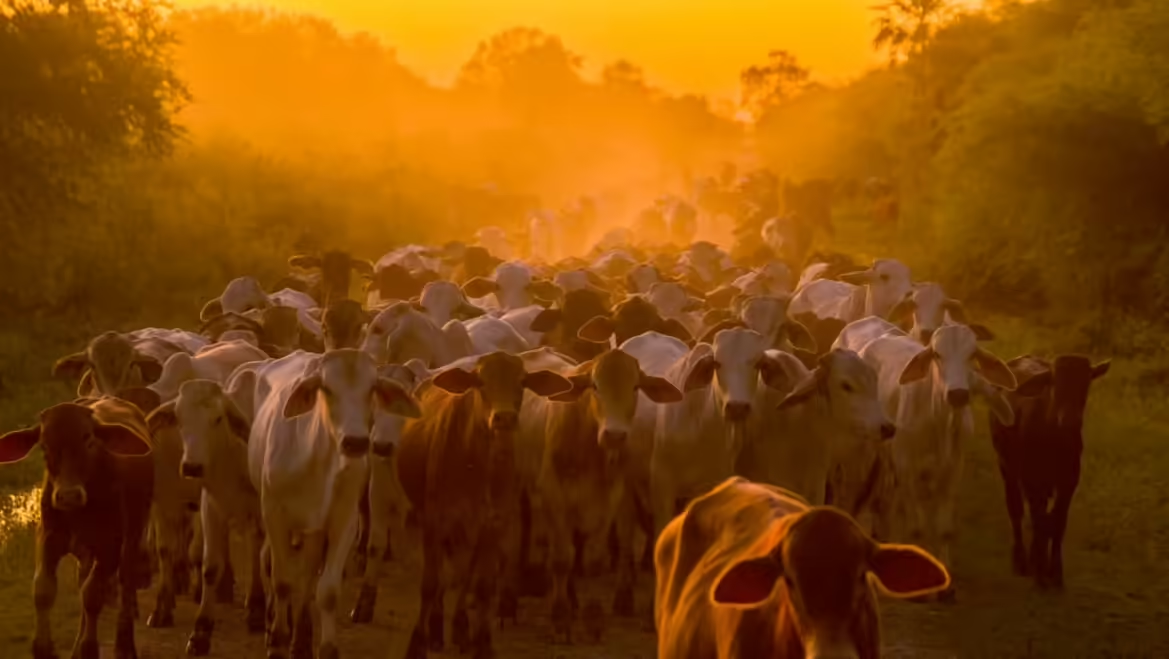
The Paraguayan Gran Chaco in the rainy season. Fotos: WWF Paraguay
Regenerative Agriculture: An Essential Ally for Protecting Our Landscapes:
Our Second Annual Meeting reaffirmed the urgency of transforming the agri-food system. By adopting regenerative practices, we can cultivate landscapes that support biodiversity, enhance climate resilience, and ensure food security for future generations. From the Orinoquía and the Amazon rainforest to the Gran Chaco, regenerative agriculture is a pathway to regenerate life and secure a sustainable future.




